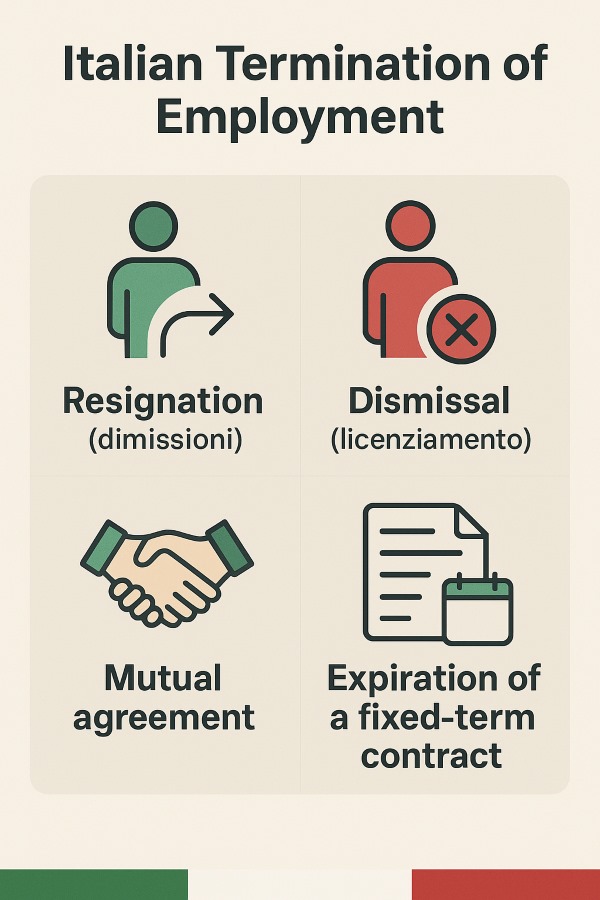Table of Contents
ToggleItalian custom import duty: a useful guide
How are import duties charged in Italy?
How are duty and tax calculated?
In general, shipping costs are included in duty and tax (regardless of who actually pays for them). When charges are specified in the commercial invoice the duties are calculated on the total amount including the shipping charges. If tax charged is not quoted in the commercial invoice, then a flat-rate amount is added to the declared value which is generally based on the weight and country of origin.
Depending on the type of product there will be a different rate: for example, cameras are charged at 4.2% while products related to health & beauty are charged at 6.5%.
For more informations about this check also our video about VAT and import and export in Italy.
Duties and import taxes are due for all goods imported into Italy from outside of the European Union. As part of the European Union’s Common Customs Tariff, Italy has preferential rates that are applied to imports from countries which the EU has signed agreements with.
Duties range anywhere from 0% to 17%, with the general tax averaging 4.2%. However, foodstuffs (particularly dairy products), textiles and clothing still have quotas and higher tariffs.

Who pays for them?
What documents are required?
For written declarations to customs, the official document is the Single Administrative Document (SAD) and is, as its name suggests, a one-page document. It functions as the EU importer’s declaration, encompassing both the customs duty and VAT; it is valid throughout the entire EU.
It should also be noted that Italy, like the rest of the EU, uses a Harmonized System (HS), meaning that there is a specific nomenclature involved in labeling products. And, according to the European Commission the HS “…comprises about 5,000 commodity groups which are identified by a 6-digit code and arranged according to a legal and logical structure based on fixed rules. The Combined Nomenclature of the European Union (EU) integrates the HS Nomenclature and comprises additional 8-digit subdivisions and legal notes specifically created to address the needs of the Community.”
That’s all there is to it. This process has been greatly simplified in order to lessen the bureaucratic strain associated with the movement of goods and promote transactions within the EU and abroad.
For more informations, read also our guide about imports and exports in Italy, how to export to Italy and our article about transfer pricing in Italy.
Types of Goods and Duty Implication
A wide range of goods imported into Italy are subject to custom import duties. These include consumer products, electronics, clothing, and more. The duty imposed on each category of goods can vary significantly, making it important for importers to understand which category their goods fall into.
How Duties are Calculated
The calculation of Italian custom import duties is based on several factors. The value of the goods, their type, and the country of origin all play a part in determining the duty rate. This rate is usually a percentage of the total value of the imported goods and is calculated according to the harmonized system used globally.
Average Rates of Duties
The average rates of Italian custom import duties vary. While some goods may attract higher rates, others could be eligible for lower rates or even exemptions. The duty rate can be as low as zero for certain goods, especially those coming from countries with which Italy has trade agreements.
Navigating Italian Customs Regulations
Dealing with Italian customs involves a complex set of procedures, documentation requirements, and compliance with regulations. Businesses must be well-acquainted with these processes to ensure smooth import transactions. This part of the article will provide insights into the necessary steps and documents required for clearing Italian customs.
Case Studies
To give a practical perspective, this section will include real-world examples of businesses that have navigated the Italian custom import duty landscape. These case studies will highlight common challenges and successful strategies used to manage import duties effectively.
Strategies to Minimize Duties and Maximize Compliance
Minimizing duty costs while ensuring compliance is a key goal for businesses. This section will offer tips and strategies on how businesses can achieve this balance. It will cover aspects like taking advantage of trade agreements, correct classification of goods, and seeking expert advice.




